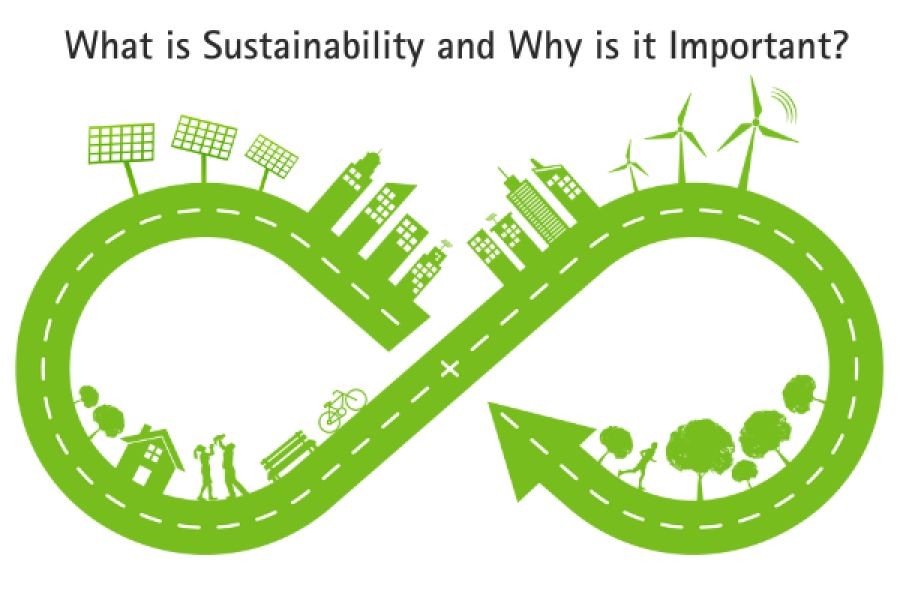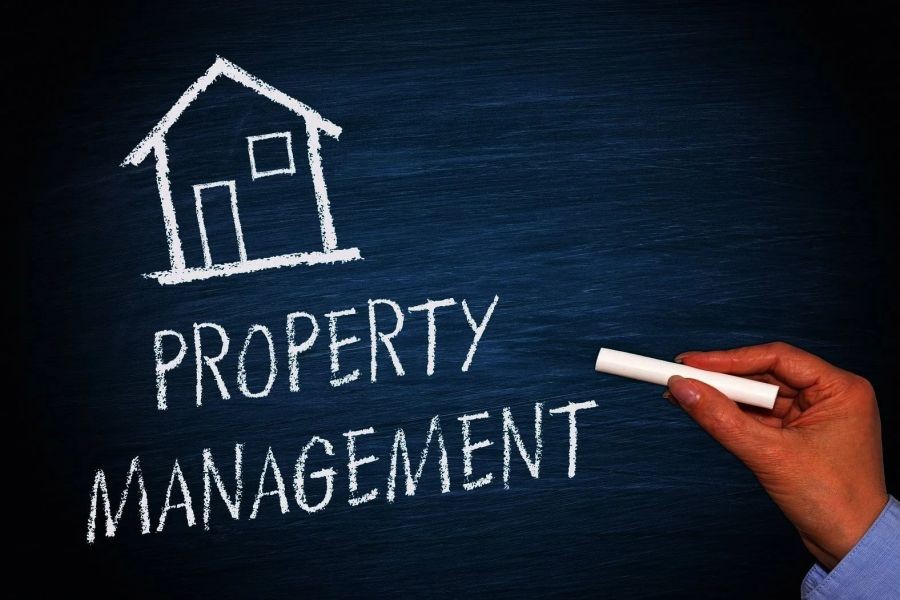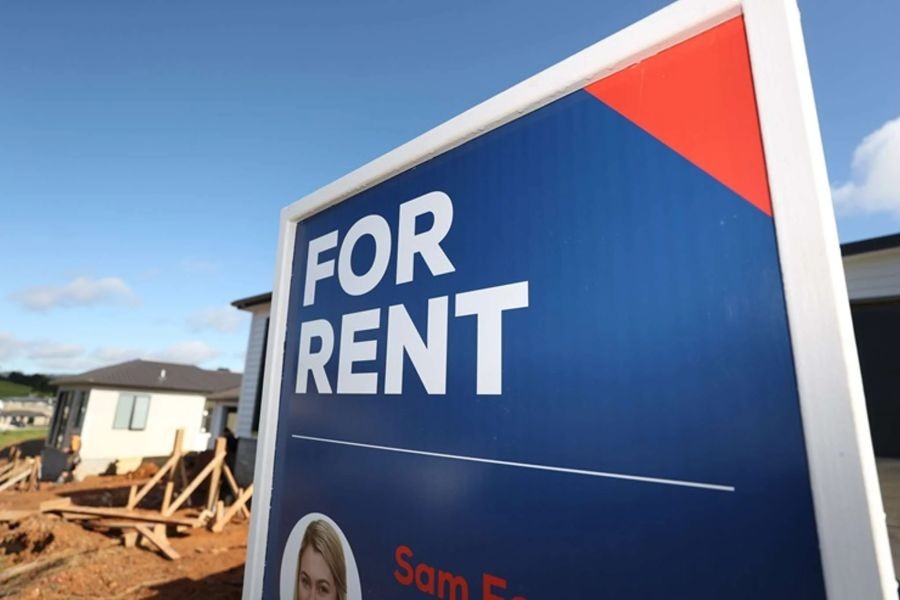Did you know that over 50% of New Zealand's trade agreements now include sustainability clauses? This trend reflects a global shift toward integrating environmental and social considerations into economic policies. As New Zealand continues to position itself as a leader in sustainable development, the implications for property investors are significant. With the government and businesses increasingly prioritizing sustainability, understanding how these clauses impact property investment strategies is crucial for staying ahead in the market.
Understanding Sustainability Clauses in Trade Agreements
Sustainability clauses in trade agreements are designed to ensure that economic growth does not come at the expense of environmental degradation or social inequality. These clauses may include commitments to reduce carbon emissions, protect biodiversity, or promote fair labor practices. For New Zealand, a country renowned for its natural beauty and commitment to environmental stewardship, these clauses are a natural extension of its broader sustainability goals.
The New Zealand Context
New Zealand's economy is heavily reliant on exports, with agriculture, forestry, and tourism among its key industries. According to Stats NZ, these sectors accounted for over 70% of the country's total export earnings in 2022. Given this reliance, trade agreements that incorporate sustainability clauses can directly impact these industries and, by extension, property investments tied to them.
For instance, a trade agreement that emphasizes sustainable agriculture practices might lead to changes in land use policies, affecting the value and development potential of rural properties. Similarly, commitments to reduce carbon footprints could influence urban planning and the demand for eco-friendly buildings.
A Greener Trade Strategy for Aotearoa
New Zealand has long marketed itself as “100% Pure”—but in the age of climate accountability, words aren’t enough. Trade deals must now back that promise.
As of 2025, over 50% of New Zealand’s trade agreements include binding or enforceable sustainability clauses, covering everything from carbon emissions to biodiversity, labour rights, and green innovation incentives.
This is more than a trend. It’s a strategic transformation in how Aotearoa trades—and leads—on the world stage.
🔍 What Are Sustainability Clauses in Trade Agreements?
Sustainability clauses are legal provisions in trade agreements that commit countries to:
Uphold environmental standards
Promote sustainable development
Avoid climate harm from trade expansion
Enforce eco-labour laws and human rights
These clauses appear in:
Bilateral Free Trade Agreements (FTAs)
Regional Comprehensive Economic Agreements (RCEPs)
Digital Economy and Green Economy partnerships
And for Kiwi exporters, these are no longer optional—they directly affect compliance, access, and brand reputation.
📊 By the Numbers: NZ’s Sustainability Commitments in Trade
According to the New Zealand Ministry of Foreign Affairs and Trade (MFAT):
“More than 50% of New Zealand’s trade agreements now contain enforceable provisions promoting sustainable development and environmental cooperation.”
Examples include:
| Trade Agreement | Sustainability Focus |
|---|---|
| CPTPP (Comprehensive and Progressive Agreement for Trans-Pacific Partnership) | Enforceable environmental protections |
| NZ-UK FTA (2022) | First to include a climate change chapter |
| NZ-EU FTA (2023) | Binding clauses on Paris Agreement compliance |
| AANZFTA Upgrade (2023) | Sustainability chapter with ASEAN cooperation |
| Digital Economy Partnership Agreement (DEPA) | Digital support for green innovation |
🇳🇿 Why New Zealand Leads the Way
New Zealand isn’t just following global trends—it’s shaping them.
Key reasons for NZ’s sustainability-first trade approach:
Strong public demand for climate-conscious governance
Māori-led advocacy for kaitiakitanga (guardianship of the environment)
Agricultural exporters seeking green market premiums
Growing diplomatic brand as a “clean trade” champion
“New Zealand is building a competitive edge by aligning trade with our climate values,” says Daniel Chyi of Vidude.com.
“That story resonates—especially in Europe and Asia.”
🌿 Case Studies: When Green Trade Becomes Real
1. NZ-UK Free Trade Agreement (2022)
Explicitly commits both nations to upholding the Paris Agreement
Includes clauses on:
Sustainable agriculture
Low-emission technologies
Preventing environmental regression
Result: Boosted confidence among UK buyers of NZ lamb, wine, and wool.
2. NZ-EU Free Trade Agreement (2023)
Includes sanctions for breaching sustainability terms
Sets a new global standard for trade-linked climate accountability
Impact on Kiwi Businesses:
Companies must track carbon emissions, report on supply chain ethics, and prove compliance to retain access.
3. Pacific Agreement on Closer Economic Relations Plus (PACER Plus)
Empowers Pacific Island countries with capacity-building for climate adaptation
Encourages sustainable fisheries and eco-tourism
This enhances New Zealand’s regional leadership while supporting Pacific resilience.
🚫🎯 Avoiding the Mistakes Others Already Made
Hard Truth: Green clauses are not just paperwork—they have teeth.
Real Mistake:
A boutique NZ honey brand lost its premium EU distribution in 2023 after failing to document deforestation-free sourcing, breaching EU sustainability verification rules.
Tactical Lesson:
Kiwi exporters must invest in traceability tech (blockchain, IoT)
Understand the specific sustainability obligations in each trade agreement
Work with Māori, scientific, and trade partners to meet global standards
📈 How Sustainability Clauses Impact Kiwi Exporters
✅ The Benefits
Market Access: Green credentials unlock doors in Europe and Asia
Premium Pricing: Buyers pay more for verified ethical products
Resilience: Green trade practices future-proof supply chains
⚠️ The Challenges
Compliance Costs: SMEs need help implementing new systems
Documentation Demands: New paperwork and audit standards
Digital Gaps: Some exporters lack the tech to track emissions or deforestation
But help is available, through:
NZTE (New Zealand Trade & Enterprise)
Māori business hubs
Platforms like Vidude.com that showcase compliant exporters via video storytelling
🎥 How Video Helps Kiwi Exporters Prove Sustainability
Sustainability clauses are easier to follow when you can show, not just tell.
On Vidude.com, Kiwi businesses are using short videos to:
Prove sustainable farming practices
Showcase Māori environmental leadership
Build trust with global consumers and regulators
“A 90-second video showing your clean water systems and ethical labour can be more powerful than 20 pages of compliance docs,” says Daniel Chyi.
🔮 What’s Next? The Rise of Digital Green Trade
The future of trade isn’t just sustainable—it’s digitally enforceable.
New Zealand is already working on:
Blockchain trade certificates to verify sustainability claims
Digital twins of farms and fisheries
AI-driven carbon audits for SMEs
Expect trade agreements in 2026+ to include automated monitoring of environmental clauses, giving NZ exporters a head start if they prepare now.
Implications for Property Investors
As sustainability becomes a core component of trade agreements, property investors in New Zealand need to adapt their strategies accordingly. Here are some key considerations:
- Regulatory Compliance: Investors must stay informed about new regulations stemming from these agreements. Non-compliance could lead to financial penalties or reduced property values.
- Green Building Demand: There is a growing demand for green buildings that meet high sustainability standards. Investing in such properties can yield higher returns as tenants and buyers prioritize eco-friendly options.
- Risk Mitigation: Understanding and integrating sustainability risks into investment decisions can protect against potential losses. This includes assessing the impact of climate change on property values and insurance costs.
Real-World Case Study: Auckland's Green Building Boom
In Auckland, the push for sustainability has led to a surge in green building projects. The Central Park Corporate Centre, for instance, achieved a 5 Green Star rating by incorporating energy-efficient systems and sustainable materials. This development not only attracted high-profile tenants but also increased the property's value by 15% within three years.
Takeaway: This case demonstrates the financial benefits of investing in sustainable properties. As more businesses seek eco-friendly office spaces, the demand for green buildings is likely to rise, presenting lucrative opportunities for investors.
Debunking Common Myths
Despite the clear advantages, several myths persist about sustainability in property investment:
- Myth: "Sustainable properties are too expensive to build." Reality: While initial costs may be higher, sustainable buildings often lead to lower operating costs and higher resale values, offsetting the initial investment.
- Myth: "Sustainability doesn't affect property values." Reality: Properties with green certifications have been shown to command higher rents and sale prices, reflecting their added value.
- Myth: "Only large cities need to focus on sustainability." Reality: Rural and suburban areas also benefit from sustainable practices, which can enhance land value and community resilience.
Future Trends in Sustainable Property Investment
Looking ahead, sustainability will continue to reshape the property investment landscape in New Zealand. According to a report by the Ministry of Business, Innovation and Employment (MBIE), the adoption of green technologies and practices is expected to accelerate, driven by both regulatory requirements and consumer demand.
By 2030, it's predicted that 60% of new residential and commercial developments in New Zealand will incorporate green building standards. Investors who align their portfolios with these trends stand to benefit from increased demand and potential tax incentives.
Conclusion
As sustainability becomes an integral part of trade agreements, property investors in New Zealand must adapt to these changes to remain competitive. By understanding the implications of sustainability clauses, investing in green properties, and debunking common myths, investors can optimize their strategies for long-term success. Are you ready to embrace the future of sustainable property investment? Share your thoughts and strategies in the comments below!
People Also Ask
- How do sustainability clauses impact property investment in New Zealand? Sustainability clauses can influence regulations and demand for green buildings, affecting property values and investment strategies.
- What are the benefits of investing in sustainable properties? Sustainable properties often have lower operating costs, higher resale values, and increased demand from eco-conscious tenants.
- How can investors ensure compliance with new sustainability regulations? Staying informed about regulatory changes and incorporating sustainability into investment decisions can help ensure compliance.
- What are the future trends in sustainable property investment? By 2030, 60% of new developments in New Zealand are expected to incorporate green building standards, driven by regulatory and consumer demand.
Related Search Queries
- Sustainability clauses in trade agreements
- Impact of sustainability on property investment
- Green building trends in New Zealand
- Future of sustainable development in NZ
- Property investment strategies for 2024
- Benefits of green buildings
- NZ trade agreements and sustainability
- Real estate market trends in New Zealand
- Environmental impact of property development
- Economic benefits of sustainable practices


























LorieLuke9
8 months ago